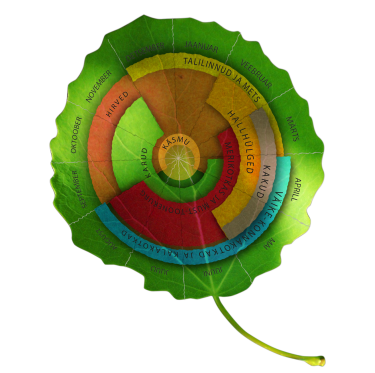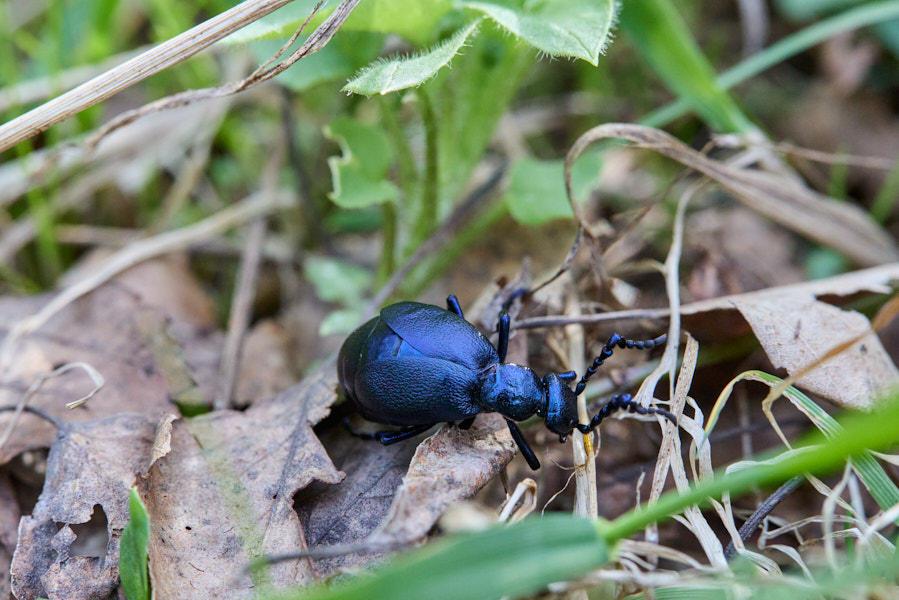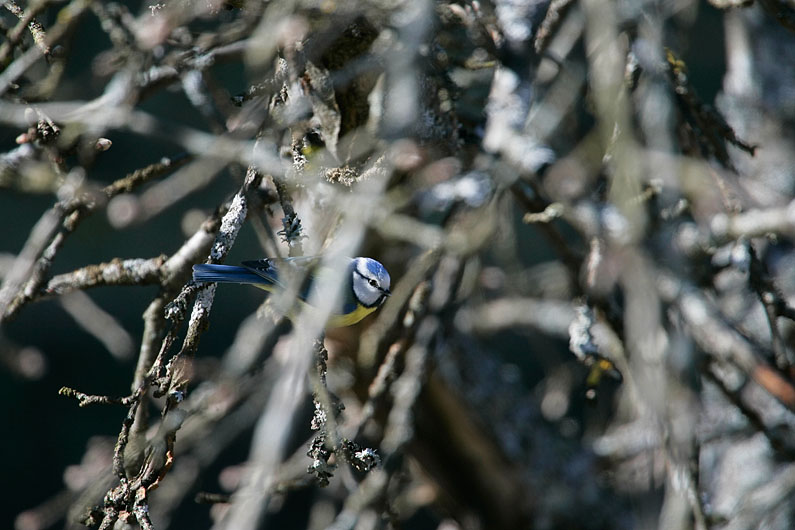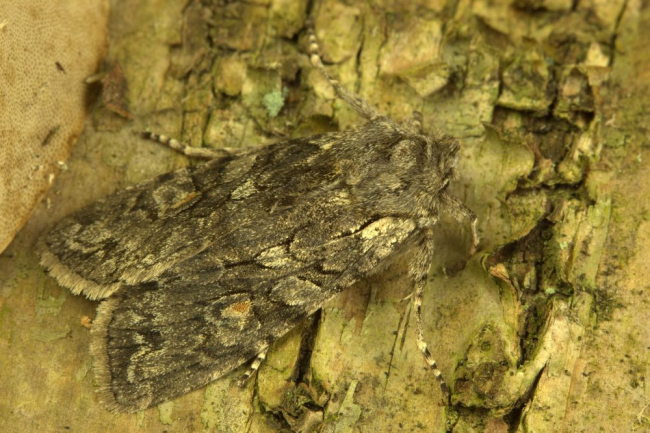Birds see faster than believed earlier
Great Tit Year science news conveyed by Marko Mägi, marko.magi@ut.ee
Photo Arne Ader
Translation Liis
Blue tit
Hawk-eyed, eagle eyed –the expressions are tied to the keen eyesight of birds.
Birds whose eyesight is noticeably better than that of humans are also able to see light invisible to the human eye – radiation in the UV part of the spectrum. The visual capacity of birds does however not stop there. Since many birds catch their prey in the air, they must distinguish a great number of details in movements in order to be successful. While a human viewer sees what happens on a film screen as a uniform smooth movement when in fact looking at images that change at a rate of 24 frames per second, then birds are able to see many more frames per second individually.

 Latest news
Latest news Loodusemees.ee - the day in pictures
Loodusemees.ee - the day in pictures Videos
Videos
 My Forest
My Forest


